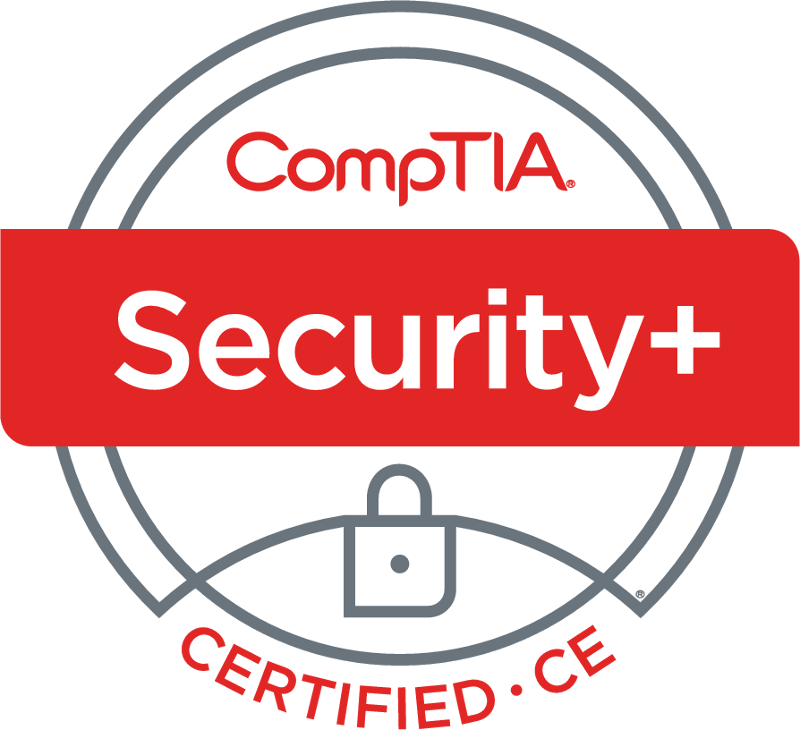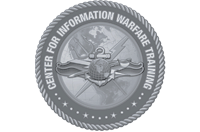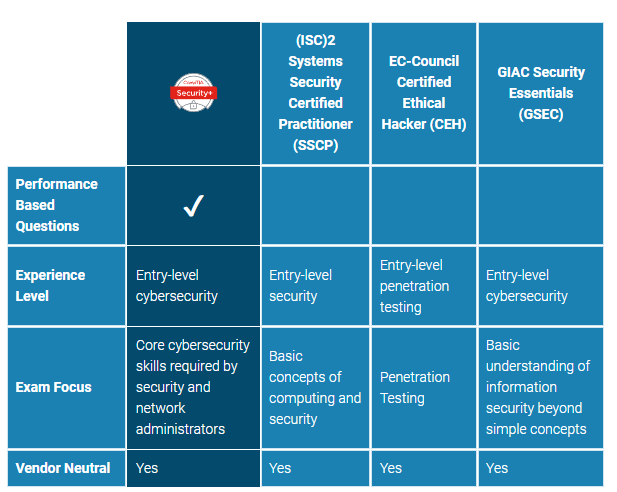Keep your certification up to date with CompTIA’s Continuing Education (CE) program. It’s designed to be a continued validation of your expertise and a tool to expand your skillset. It’s also the ace up your sleeve when you’re ready to take the next step in your career.
Get the most out of your certification
Information technology is an incredibly dynamic field, creating new opportunities and challenges every day. Participating in our Continuing Education program will enable you to stay current with new and evolving technologies and remain a sought-after IT and security expert.
The CompTIA Continuing Education program
Your CompTIA Security+ certification is good for three years from the day of your exam. The CE program allows you to extend your certification in three-year intervals through activities and training that relate to the content of your certification. Like Security+ itself, CompTIA Security+ ce also carries globally-recognized ISO/ANSI accreditation status.
It’s easy to renew
You can participate in a number of activities and training programs, including higher certifications, to renew your CompTIA Security+ certification. Complete CertMaster CE, an online, self-paced CE course, or collect at least 50 Continuing Education Units (CEUs) in three years, upload them to your certification account, and Security+ will automatically renew.
Want more details? Learn more about the CompTIA Continuing Education program.













